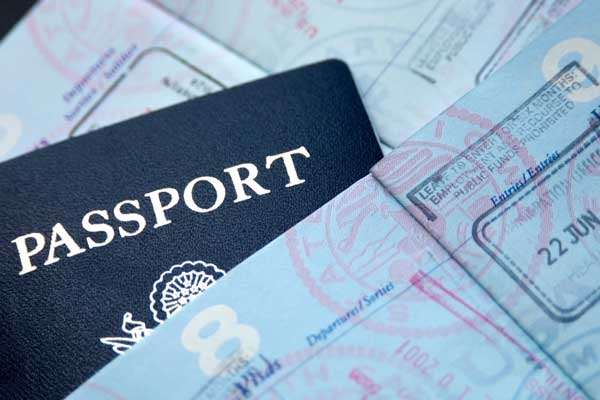Visa policy is keeping tourists at bay
 |
| Visa policy is keeping tourists at bay, illustration photo |
With globalisation encouraging visa-free travel all over the world, only 24 countries have visa exemptions in Vietnam, while other countries in the region have much higher numbers: 168 in Indonesia, 162 in Malaysia, 159 and Singapore and the Philippines, and 57 in Thailand.
In order to attract more foreign tourists, the Tourism Advisory Board (TAB) sent a letter to the Vietnamese prime minister recently, asking for more visa exemptions for international tourists, especially ones from developed countries, who might indulge in long stays and luxury spending.
According to TAB, since mid-2015, the visa waiver for tourists has helped raise the number of foreign visitor arrivals by 20 per cent, but difficulties have been caused by a lack of clarity regarding the visa waiver programme for five European countries – the UK, France, Germany, Spain, and Italy – which will expire at the end of June.
Talking to VIR, a representative of Thanh Thanh Cong Travel said, “We don’t know whether the programme will be extended, which is causing uncertainty for the tourism industry and making it difficult for tourism agencies to develop marketing plans for these countries.”
The representative added that most European tourists plan for their trips from six months to one year before, meaning that uncertainty about a valid visa-free policy will make a number of them turn their backs on the country.
TAB also asked the government to approve exemptions for five years instead of renewals every year, and to increase the maximum stay to 30 days from the current 15, because most tourists from the current 12 countries with 15 days visa-free want longer stays.
In addition, TAB asked for visa exemptions for tourists from Canada, Australia, New Zealand, Belgium, Switzerland, and the Netherlands, calculating that such a change would immediately boost tourism revenue by 8-10 per cent, as much as $101 million, which is much higher than the $17 million currently earned in visa charges.
TAB also recommended Vietnam to implement a ‘one visa, multiple destinations’ policy in the sub-region of CLMV countries–Cambodia, Laos, Myanmar, and Vietnam (with the addition of Thailand)–to attract more tourists.
As a boost to local property development, such a visa exemption would help promote the ‘second home’ programme that encourages foreigners to buy properties in Vietnam, something that Malaysia has done successfully.
“According to realty experts, no matter how local realty firms develop their products such as villas and apartment condotels for foreigners, without a long visa, no-one would be eager to buy a second home here,” said Luong Hoai Nam, a representative of TAB.
“Tourist visas are not a back-scratching issue but something based on one’s own need. If Vietnam wants to boost local tourism and develop the economy, we should give visa-free entry to more visitors. Taking Thailand–a tourist paradise–as an example, the country only has visa exemptions for 57 countries, but it offers visa-free entry for citizens of 75 others. This includes the US, Canada, the EU, Australia, and New Zealand,” Nam said.
According to TAB, Vietnam would lose at least 15-20 per cent in tourism revenue as other countries in the region would take potential tourists right away. Last year, Vietnam received nearly eight million international arrivals, stepping up eight places to rank 67th globally in the World Travel and Tourism Council’s Tourism and Travel Index. In the index, Singapore ranks 13th, Malaysia ranks 26th, Thailand ranks 34th, and Indonesia ranks 42nd.
What the stars mean:
★ Poor ★ ★ Promising ★★★ Good ★★★★ Very good ★★★★★ Exceptional
Related Contents
Latest News
More News
- Long-term capital seen as key hurdle to green growth (December 16, 2025 | 08:00)
- HDS Summit spotlights Vietnam’s rising role in regional supply chains (December 16, 2025 | 08:00)
- Agribank frames bank credit as catalyst for green growth (December 15, 2025 | 17:59)
- Legal framework completed for national digital transformation (December 13, 2025 | 21:55)
- SOAR initiative launched at TECHFEST Vietnam 2025 (December 13, 2025 | 10:00)
- Promoting digital assets initiative in Vietnam (December 13, 2025 | 09:30)
- Legislation gives government flexibility for loan guarantees (December 11, 2025 | 18:04)
- Vietnam masters core technologies of automobile value chain (December 11, 2025 | 17:46)
- Japanese investors pursue M&A strategies with long-term vision in Vietnam (December 11, 2025 | 12:14)
- Raising product quality to secure Vietnam’s position in US market (December 11, 2025 | 12:00)

 Tag:
Tag:






















 Mobile Version
Mobile Version